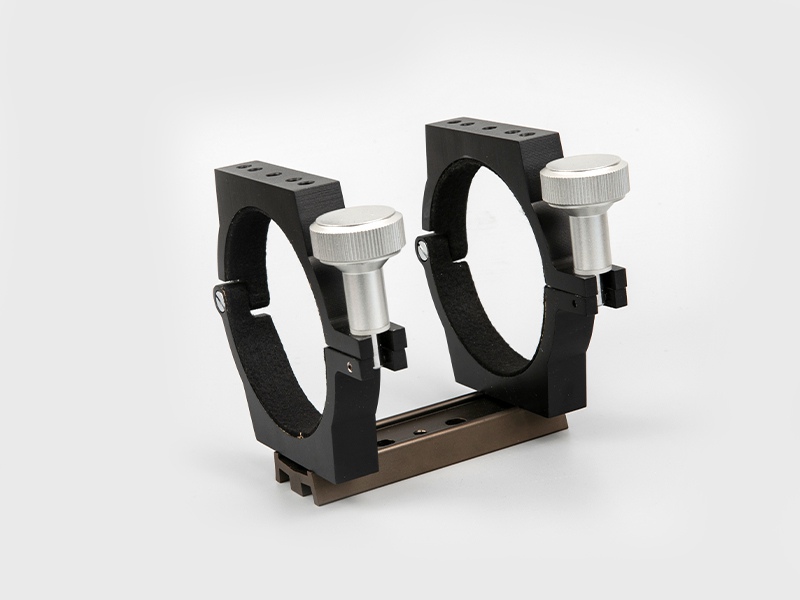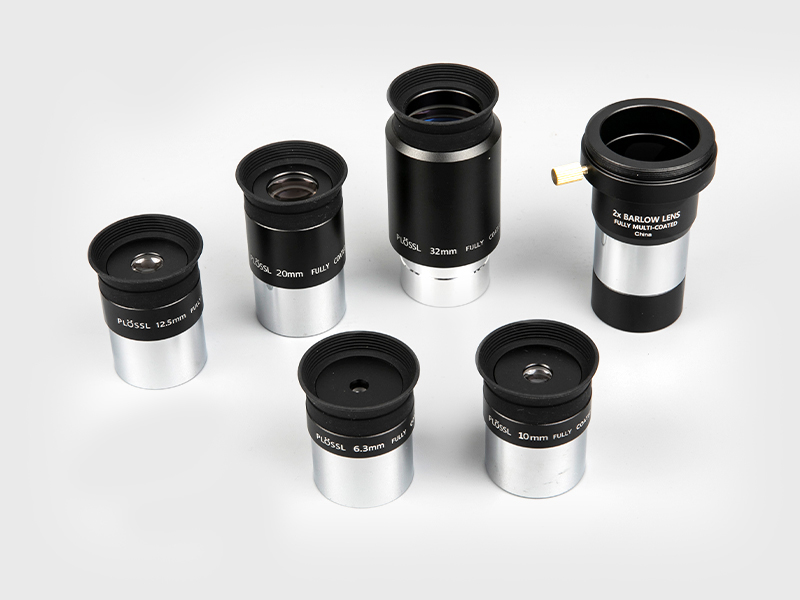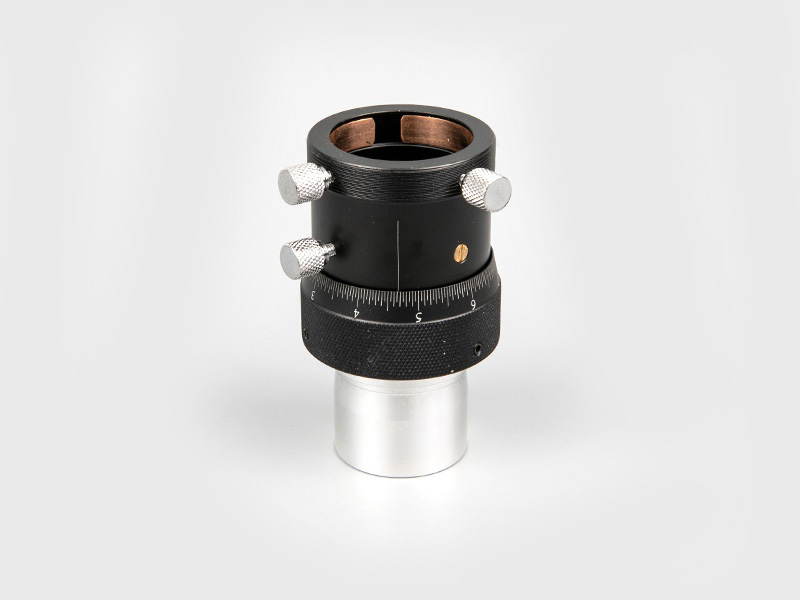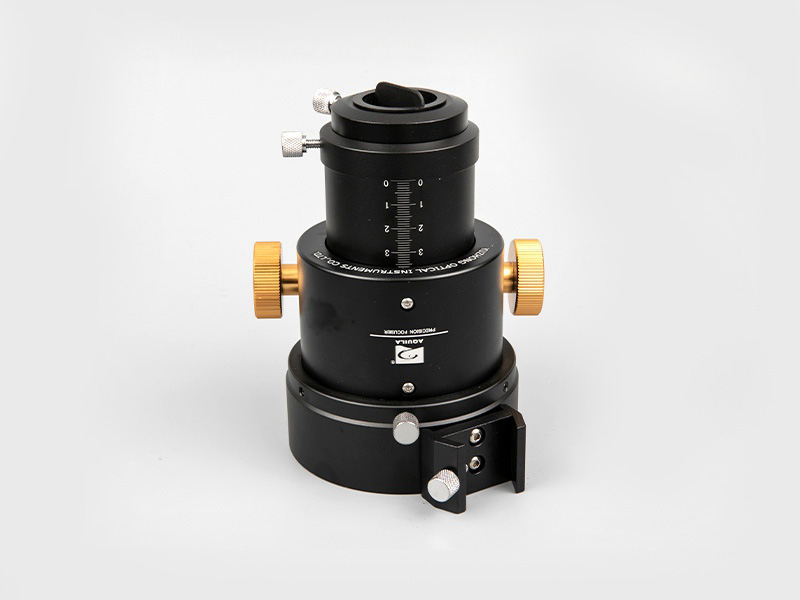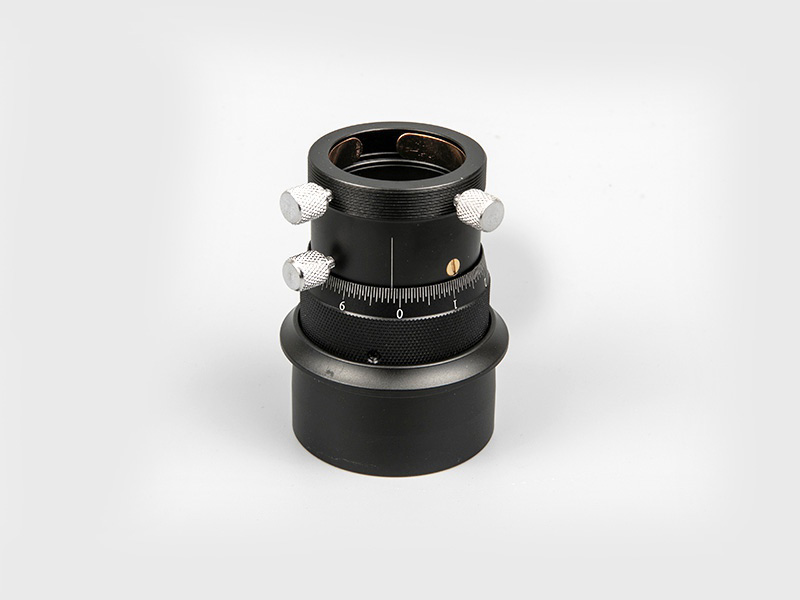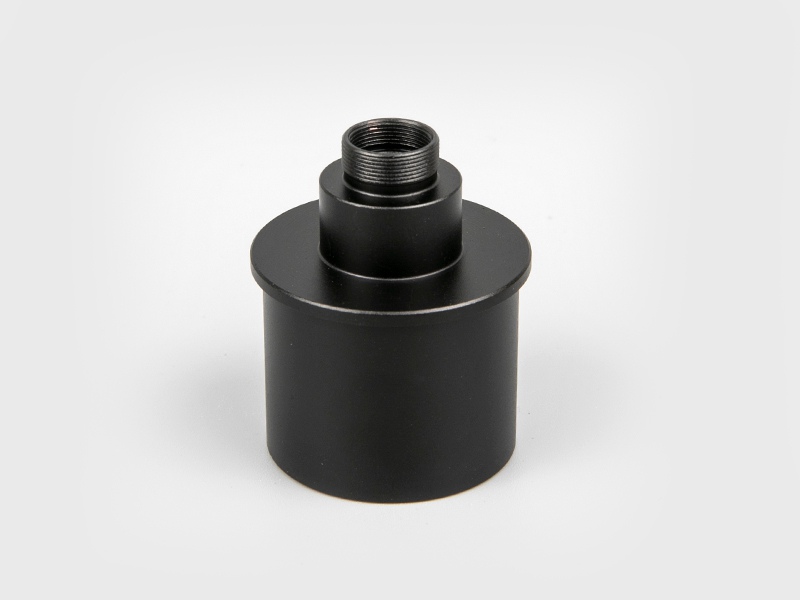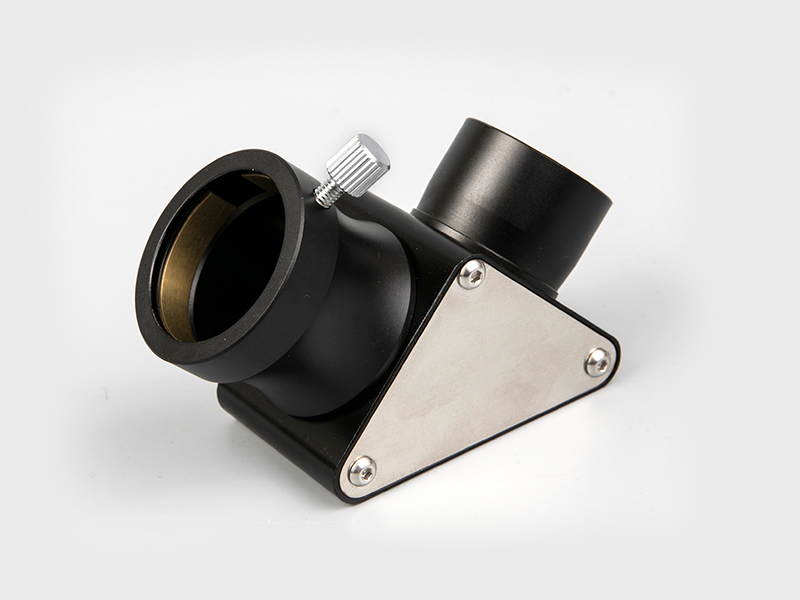1. Specifications of the telescope
The specifications of the telescope are expressed by the aperture of the magnification objective lens. For example, 7x35 means that the magnification of this type of telescope is 7 times, and the objective lens aperture is 35 mm.
2. What is the magnification of the telescope
The magnification of a telescope refers to the ability of the telescope to zoom in on an object. For example, if you use a 7-fold telescope to observe an object, the effect of observing an object at a distance of 700 meters is similar to the effect of an object at a distance of 100 meters observed by the naked eye (of course, Due to the environmental impact, the effect is worse). Many people always think that the higher the magnification, the better. Some manufacturers also use false high magnification to attract consumers. Some binoculars on the market are marked as 990 times! In fact, the reasonable magnification of a telescope is related to the aperture and observation method of the telescope: the magnification can be appropriately higher if the aperture is large, and the observation with a tripod can be higher than the observation by hand. The greater the magnification, the worse the stability, the greater the magnification, the smaller and darker the observation field, the greater the jitter it brings, and the greater the impact of breathing airflow and air fluctuations on it. Hand-held observation binoculars, between 7-10 times is the most suitable, preferably not more than 12 times. Most military telescopes around the world are mainly 6-10 times, this is because clear and stable imaging is very important.
3. What does the caliber of the telescope refer to?
The aperture refers to the diameter of the telescope objective lens. The larger the aperture, the greater the field of view and brightness, which is conducive to observation under dim light, but the larger the aperture, the larger the volume. Generally, it can be selected between 21-50mm according to needs.
4. What is the field of view of a telescope
The field of view refers to the size of the range observed within a certain distance. The larger the field of view, the wider and more comfortable the observation range is. The field of view is generally expressed by the field of view (observable width) in kilometers and converted into angle. Generally speaking, the larger the aperture, the lower the magnification, and the field of view is The bigger, but the more crucial is the design of the eyepiece.
5. What is the exit pupil diameter
The exit pupil diameter is the size of the light spot formed on the eyepiece after the image passes through the telescope. The exit pupil diameter can be obtained by the following formula: objective lens/magnification = exit pupil diameter. It can be seen that the larger the objective lens and the lower the magnification, the larger the exit pupil diameter. Theoretically speaking, the larger the exit pupil diameter, the brighter the observed scene, which is conducive to the observation under dim light. Therefore, when choosing a telescope, you should try to choose a larger exit pupil diameter, so is the larger the better? No, because we usually use the telescope in the daytime. At this time, the pupil of the human eye is very small, only about 2-3 mm. At this time, if you use a pupil with a large exit pupil diameter, such as 4 mm or more, most of the useful light will not be used. Not absorbed by the human eye, but wasted. The pupil of the human eye can only reach about 7 mm at dusk or darkness. Therefore, under normal circumstances, it is sufficient to select an exit pupil with a diameter of not less than 3 mm. Therefore, the exit pupil diameter is also called the twilight factor.
6. What is the function of coating
If you observe carefully, you will find that there are different colors outside the objective lens of the telescope, red, blue, yellow, purple, etc. This is what is usually called coating. So what is the effect of lens coating? The function of the lens coating is to support the reflection, increase the light transmittance, and improve the observation effect. The color of the coating should be determined according to the optical material and design requirements. The lighter the coating, the smaller the reflection, the better. The blue and red films are usually used most. But now there are many highly reflective and shiny wax-coated telescopes in various colors on the market, which attract consumers. In fact, the coating of the telescope is matched with the structure of the telescope. These poor-quality coatings reflect a lot of light. , The observation effect is reduced, and some unscrupulous businessmen actually call the red-coated telescope "infrared night vision telescope", saying that it can observe at night and under dim light. In fact, the real infrared night vision device is a photoelectric tube imaging, which is completely different from the structure and principle of a telescope. It cannot be used during the day and requires a power supply to observe.

 English
English 日本語
日本語 Deutsche
Deutsche España
España

